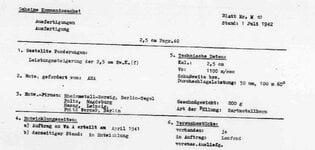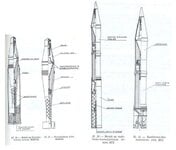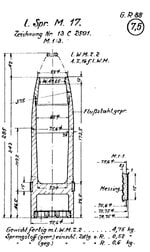I understand why it was necessary to complicate the design in this particular case (for use of standard large caliber ammunition), but with AT guns, why? Artillerymen will have to either jump into a trench or run a decent distance away from the gun every time it is fired.Quirk with this system is that one still uses the off-the-shelf ammo.
RT-20 was supposedly doing 850 m/s, despite the short barrel and the divertion of small % of the gasses.
If the percentage of gases used is low, there will be no large effect of recoil reduction. Conservation of momentum law. The Soviets played around with recoilless guns before the war, realizing that they require a lot more powder. And I'm not sure these tricks are even possible with caliber above 30mm.



